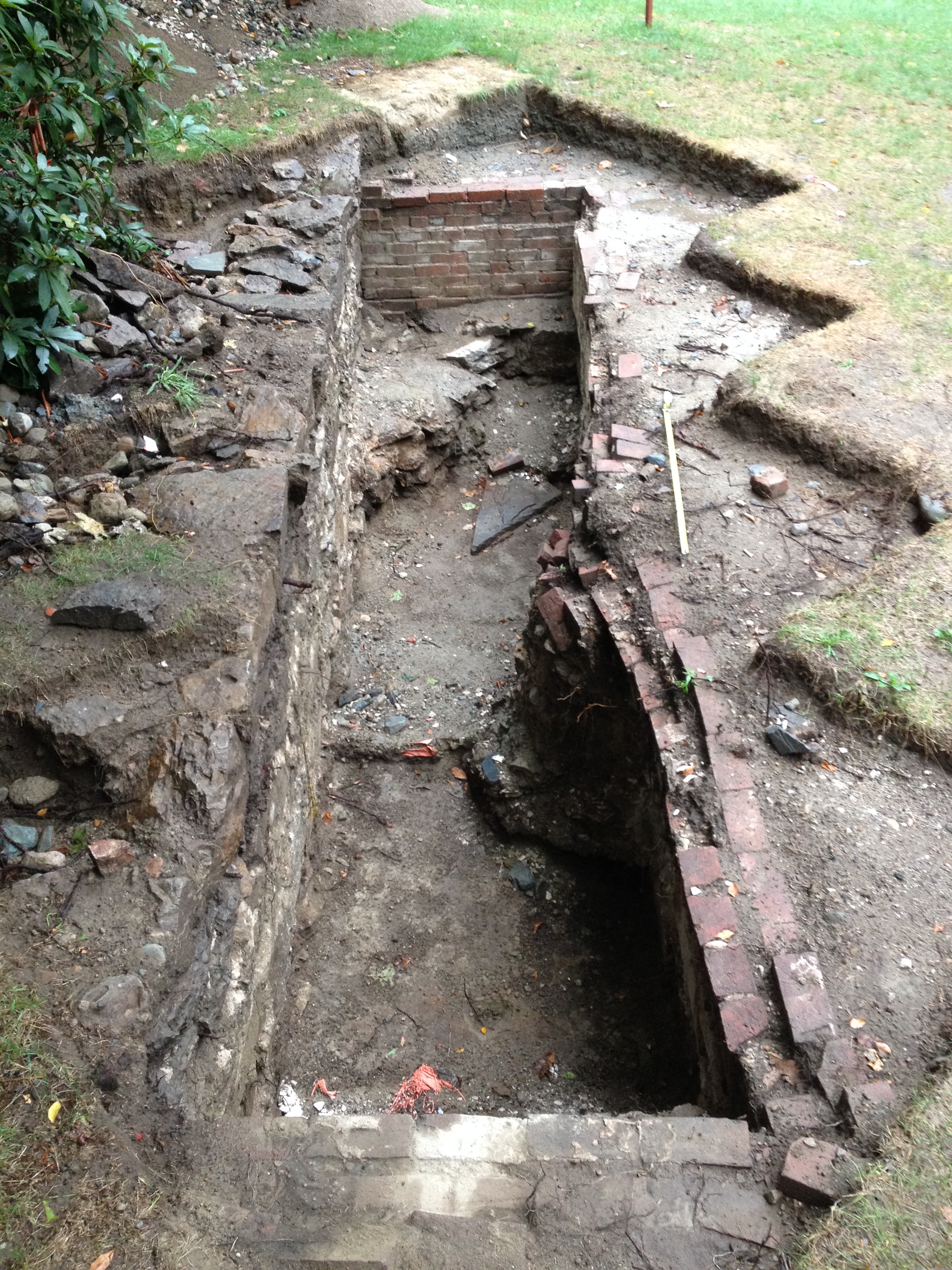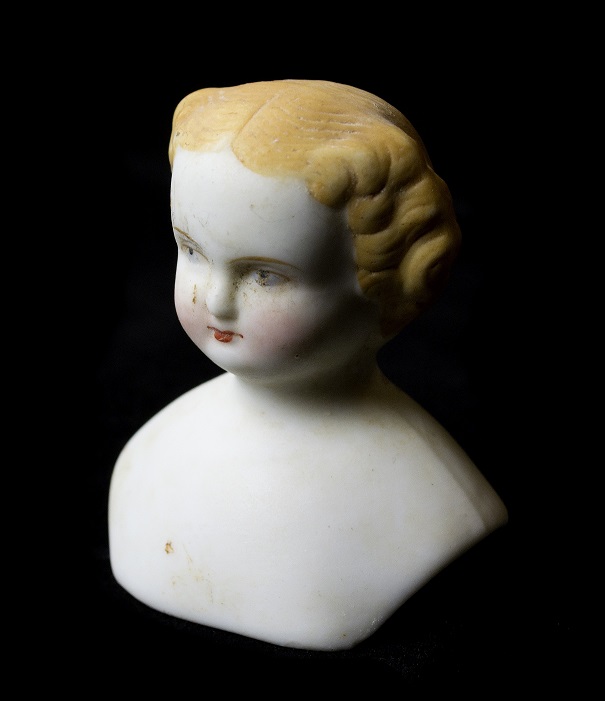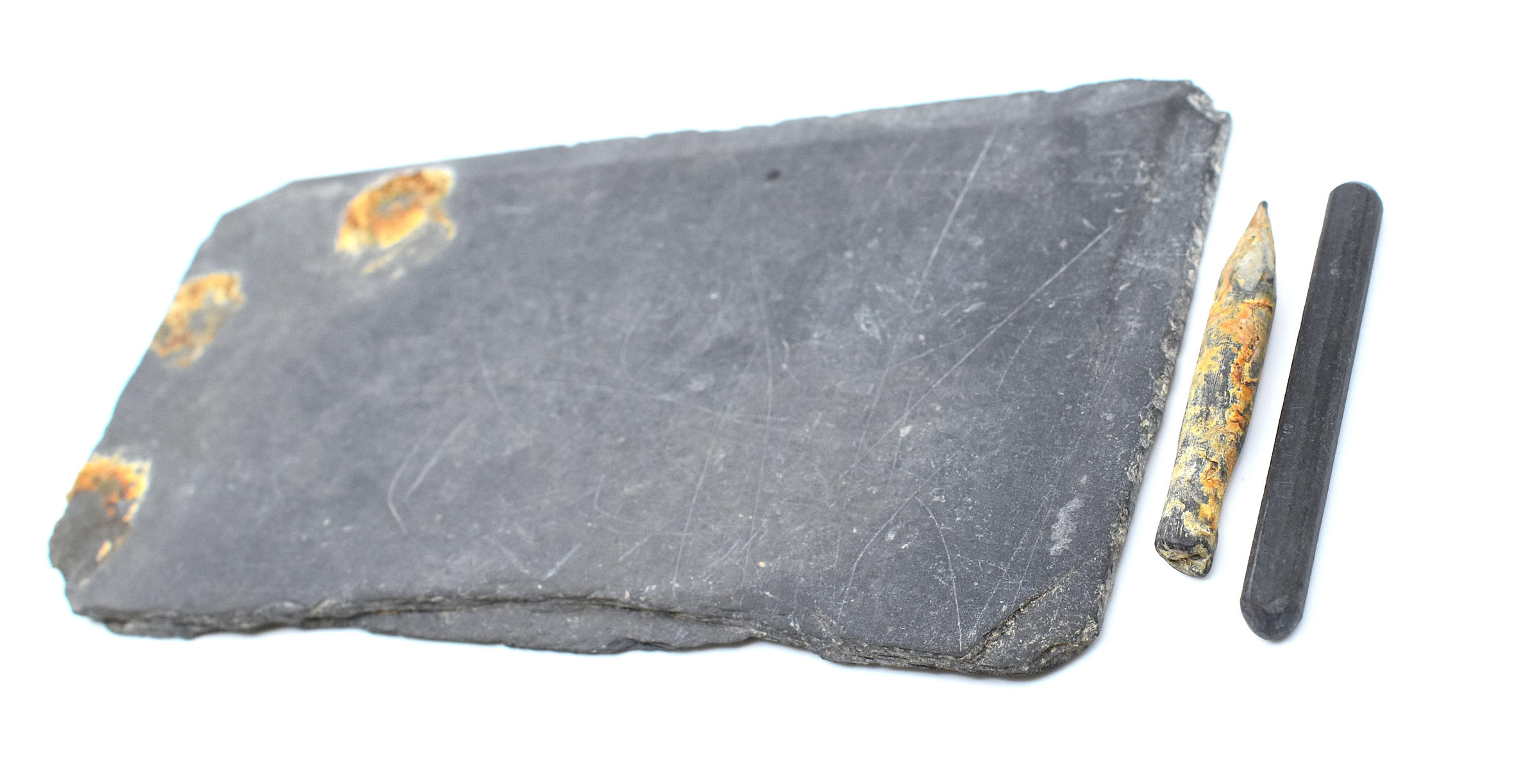Dorchester Industrial School for Girls
The City Archaeology Program excavated the 1859 Dorchester Industrial School for Girls site located at 232 Centre Street.
The site
The Industrial School for Girls was built in 1859 at 232 Centre street in Dorchester. It remains standing to this day.
For much of its history, the school was occupied by up to 30 girls age 6-15. They came from disadvantaged backgrounds and were sent to the school to live year-round. The girls received an education and training for future work in domestic service. They were supervised by a matron and teacher. Many of the girls would leave the school when placed in a home for work. But, many of the girls were sent back for behavior and other issues.
The school was a female-only education site. The girls’ lifestyles were tightly regulated by a board of women. The board was made up of wealthy Boston women and the staff of the school. The board oversaw everything in the girls lives, including their dress, actions, and education.
In 2011, the Epiphany School bought the property for the construction of a new school building. After consultation with the Landmarks Commission, we conducted an archaeological dig on the rear of the property. The main building was preserved. Epiphany built a new school building surrounding the historic structure, which they restored.
The Dig
In 2015, the City Archaeologist and a team of volunteers began an archaeological survey on the rear of the property. This took place near the documented location of a former carriage house.
The first phase of work identified two significant features. One feature was a linear trash pit. It contained thousands of artifacts from the school, mostly dining wares. These included plates, cups, chamber pots, and various serving vessels. The trash pit also had a large amount of coal ash. This showed that the pit was used for the disposal of both household items and coal furnace waste.
The second feature was a five-meter-long privy (outhouse). Unlike the first feature, it did not contain many household materials. But, it did have thousands of personal items from the girls. These included dolls and toys, combs, buttons, pins, and beads.
The Results
Archaeologists recovered 17,690 artifacts from the site. This represents one of the largest and most complete artifact assemblages from any school site in New England.
The Dorchester Industrial School for Girls is unique in that it dates to a specific time period. It’s also associated with one gender, one social class, and one age.









